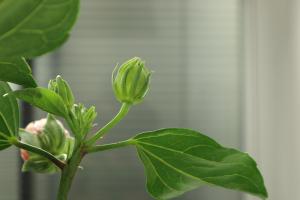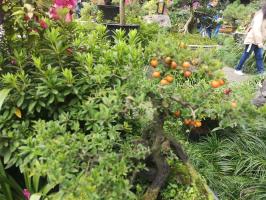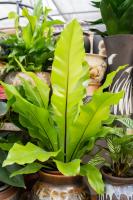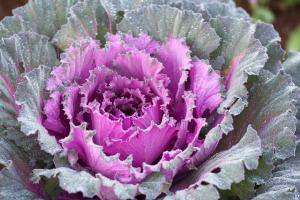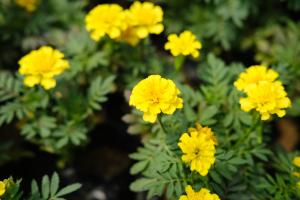1、 Indoor breeding
1. Pruning: mostly from March to June. Pruning needs to be stopped after July. During the maintenance period, when the new branches grow to 2-3 pairs of leaves, they should pick the heart to promote the plant to germinate short and strong flower branches and make the plant symmetrical and dense
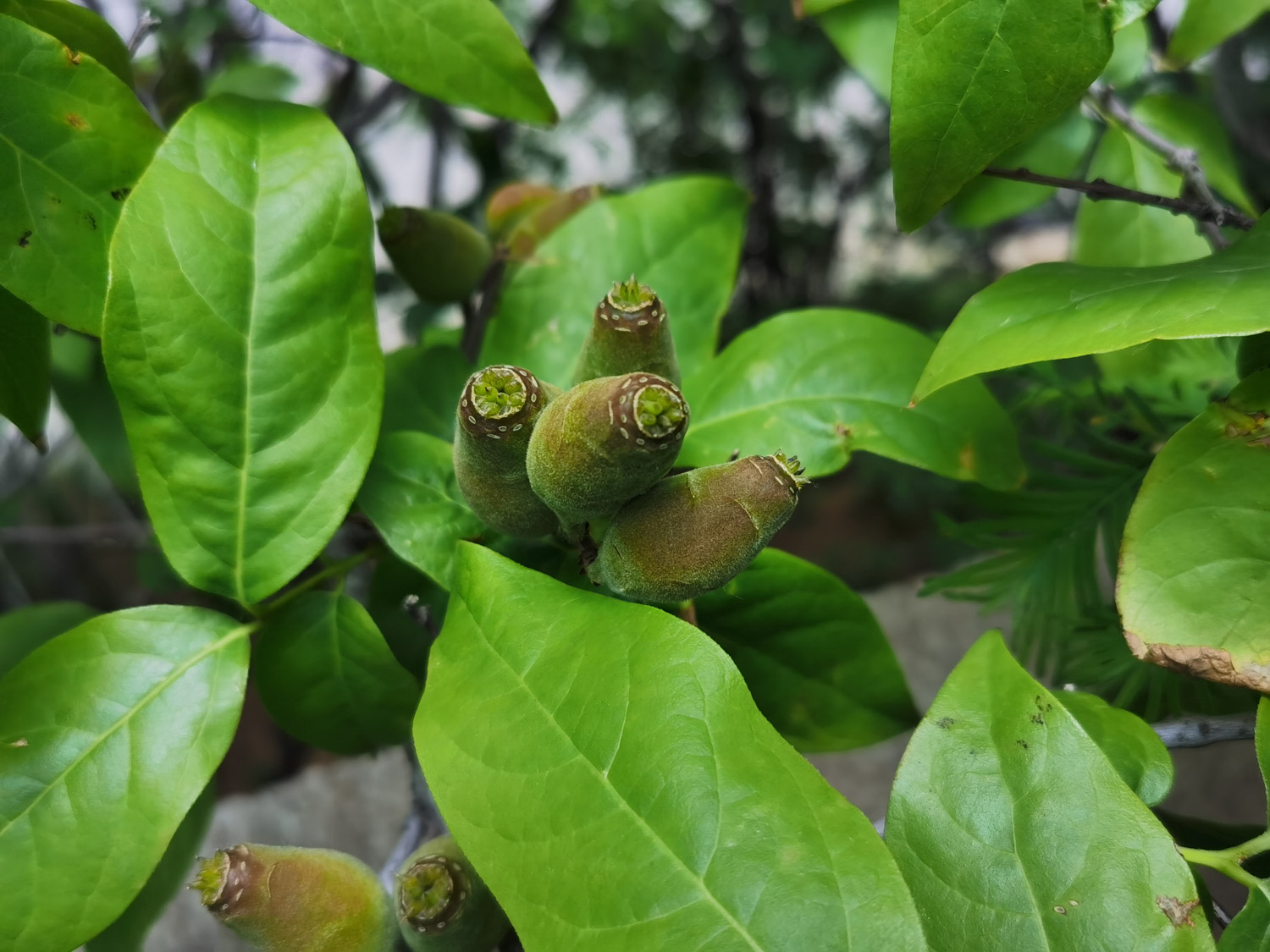
2. Fertilization: it is a fertilizer loving flower. Proper fertilization can promote the differentiation of flower buds. Apply broad-leaved fertilizer twice in spring, and apply compound fertilizer every 10 days from the end of June to before lodging
3. Watering: it is a kind of plant that can stand drought and is afraid of water and humidity. When supplying water, you can follow the principle that if the flower soil is not dry, you can give water from the bottom of the flowerpot
4. Diseases and insect pests: the disease of Chimonanthus chinensis generally comes from the insufficient ventilation and light transmittance of the living environment, so it can be effectively avoided by placing it in a place with good ventilation and high light transmittance

2、 Outdoor breeding
The biggest difference between outdoor and indoor farming methods is the temperature. It is a relatively cold resistant plant, but if the temperature is lower than 5 degrees in winter, it should be moved indoors in time to avoid low temperature frostbite


 how many times do yo...
how many times do yo... how many planted tre...
how many planted tre... how many pine trees ...
how many pine trees ... how many pecan trees...
how many pecan trees... how many plants comp...
how many plants comp... how many plants can ...
how many plants can ... how many plants and ...
how many plants and ... how many pepper plan...
how many pepper plan...
